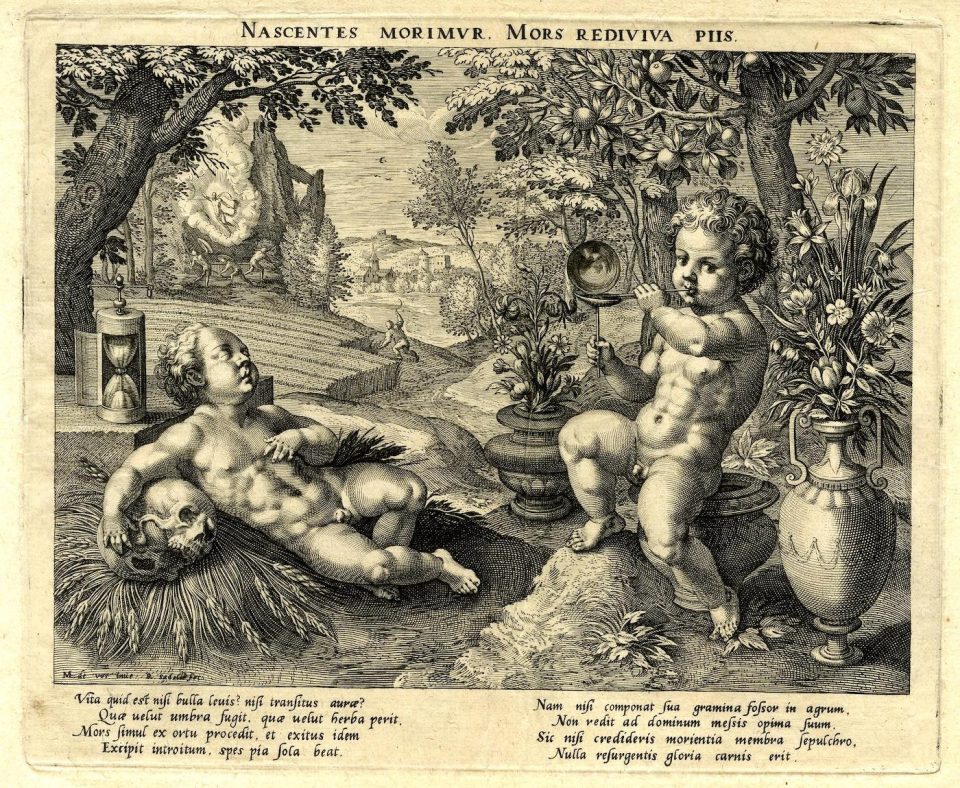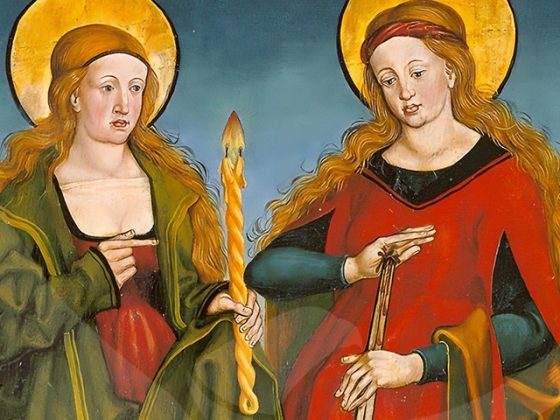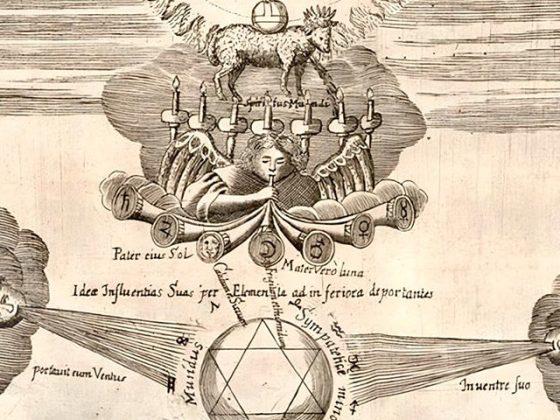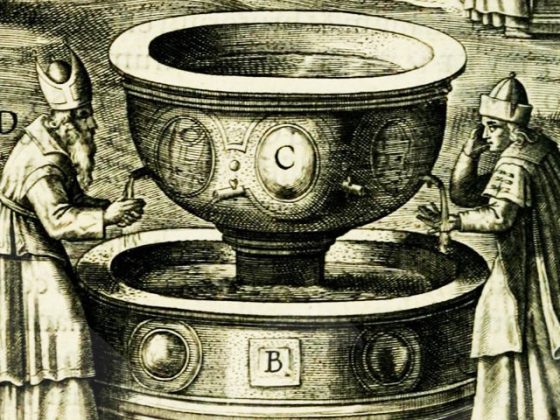Dearest companions:
I approach you on this occasion to make you take part of the content of the present engraving that bears the title…
…ALLEGORY OF TRANSIENCE OR ALLEGORY OF WHAT IS EPHEMERAL
First of all, let me make a few comments about this illustration:

The author is Maerten de Vos or Maerten de Vos the Elder ─1532-1603─, who was a prolific Flemish sketcher and painter. It must be said that this artist produced numerous drawings for Antwerp printing houses. Such engravings circulated throughout Europe and in the Spanish colonies, and all this was increasing the reputation and international influence of the artist. This engraving is a copy made in 1590 and is found in the British Museum.
First of all, we must point out that this illustration is accompanied by a Latin phrase that reads as follows:
"Nascentes Morimur. Mors rediviva piis'.
Translation: ‘By being born we die. Death [is] restored to the pious…'
Firstly, we must point out that, as the V.M. Samael Aun Weor emphasized: “We were born to die”…
And, in truth, what is transitory is what we call LIFE and during it we practically do nothing but receive impressions that we have to transform or, if we do not do that, well then those impressions will end up turning our existence into something ephemeral or transitory, without transcendence, without relevance, that is, something meaningless, hollow, empty and insubstantial.
If we make a description of the engraving we first find two naked children. One is sitting on an urn and blowing a soap bubble “Homo Bulla”, an expression first used by the Roman author Marcus Terentus Varro ─116-27 BC─. Subsequently, this expression became very common in paintings to symbolize the fragility and transience of life. The other child is asleep with his arm on a skull near an hourglass.
What is the hidden meaning of both figures?
Obviously, the child who blows a soap bubble alludes to using our time in a bland, insubstantial way, identifying ourselves with vain phenomena such as those that entertain infants. That is the tendency of human Essences while they are captives of their own material bodies during that which we call existence. The fact of him sitting on an urn tells us that at any moment we are reduced to ashes or dust of the earth. Let us remember that phrase that emphasizes to us: “Dust you are and dust you will become “… Of course, if we do not self-realize.
The other child, “sleeping”, is indicating to us that, unfortunately, while our Consciousness sleeps its millenary sleep we do not perceive that both death –the skull– and life are intimately intertwined with each other, and our role is to awaken from that psychic sleep so as to, really, find the true meaning of our transit on earth.
The hourglass tells us that our life passes faster than dust itself. And it links us to the Latin phrase that says: Tempus irreparabile fugit, ‘time passes quickly'. This means that, if we do not take our time in the three-dimensional world seriously, we can be surprised by the hooves of the horses of death.
In the background of the engraving we see two attitudes toward life. The first one shows us a man dedicated to his horizontal life, and therefore we see him cutting the ripe wheat and at the same time he is stocking it up to have the reserve of food that he would eventually need.
However, further away we can see other men armed with shields and spears as if fighting a battle. This is the struggle to recover our Consciousness. The experience of the three factors of the Revolution of Consciousness that will allow us, if we are persevering, to carry out what we gnostically call the inner Great Work. Those who manage to devote themselves to the struggle for the values of BEING will shine in the world of Spirit, like that other man we see floating above the other three, wrapped in a cloud of mystery.
It is also good to point out that, near the two children in this engraving, we can observe two trees. One, which is full of fruit, is the tree of knowledge of good and evil. The other tree is near the child that is sleeping and who has a skull beside him. This other tree has no fruit at all, because it symbolizes that our life is already approaching its end……. Likewise, we can observe that near the child who has the soap bubble there are vases full of various flowers and plants in general. This is the side that symbolizes life and its fascination.
I conclude this description by adding for you some final phrases in Latin that are at the foot of the engraving and that metaphorically describe the hidden meaning of the engraving itself.
« Vita quid est misi bulla levis? nisi transitus aurae? Quae velut umbra fugit, quae velut herba perit. Mors simul ex ortu procedit, it exitus idem. Excipit introitum, spes pia sola beat».
“Nam nisi camponat sua gramina fossor in agrum. Non redit ad dominum messis opima suum. Sic nisi credideris morientia membra sepulchro. Nulla resugentis gloria carnis erit.”
Translation:
‘What is life but a bubble? A change of wind? Which, like a shadow, flees; and, like a grass perishes. Death in old age derives from the east and the exit upholds the very entrance, pious hope alone makes happy again’.
‘In fact, if the farmer does not bury his plants in the field, the rich harvest does not return to its owner. Thus you will not have entrusted the dying limbs to the grave. There will be no glory of the flesh resurrecting.'
VIRTVTE VINCIT.
─‘Virtue always wins’─.
KWEN KHAN KHU





